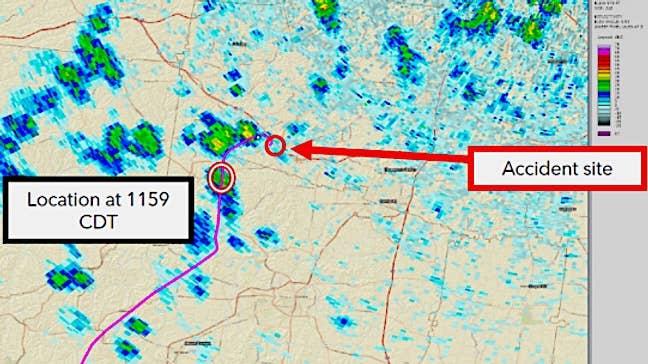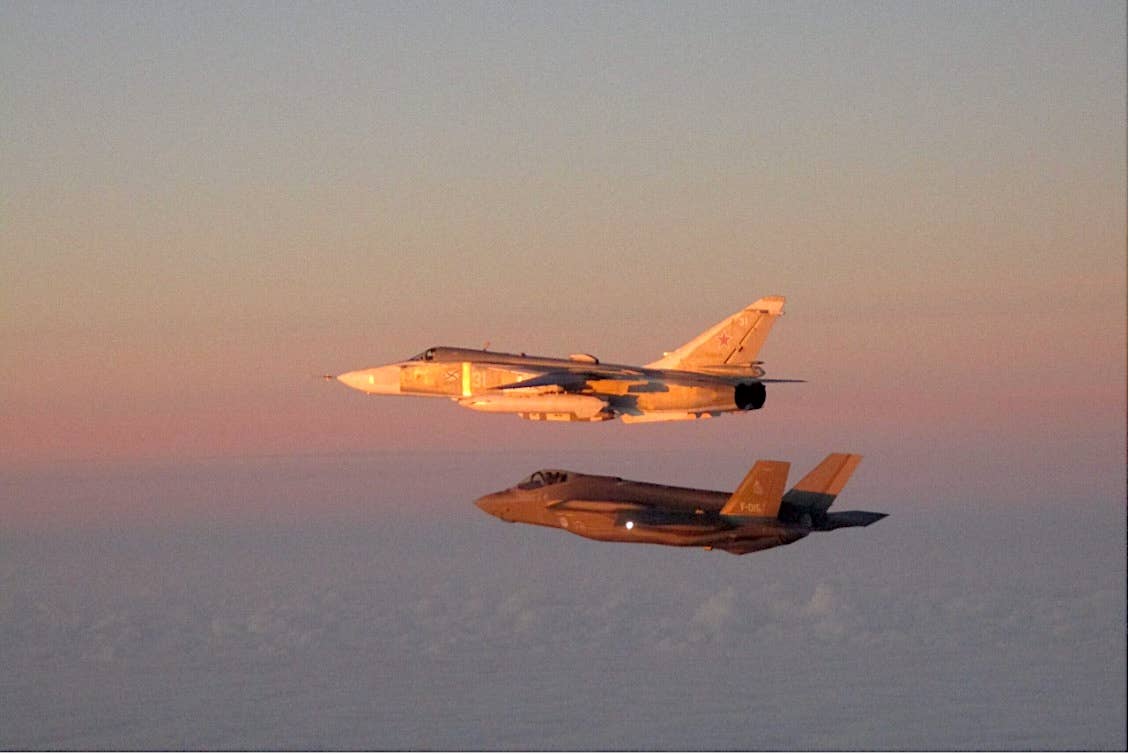NTSB Report On Tennessee V-35 Could Include A First
The National Transportation Safety Board (NTSB) has issued its preliminary report on the May 15 fatal in-flight-breakup accident involving Bonanza N47WT near Nashville, Tennessee. It answers some, but not all,…

Image: NTSB
The National Transportation Safety Board (NTSB) has issued its preliminary report on the May 15 fatal in-flight-breakup accident involving Bonanza N47WT near Nashville, Tennessee. It answers some, but not all, of the questions on how this accident happened. One segment of the report suggests that the accident could mark the first time, ever, that a Bonanza top wing bolt has fractured.
The report shows that the pilot, Dr. Lucius Doucet III of Louisiana, purchased the 1966 V35 Bonanza in December last year, registering it in January. Though it does not detail how long he had his pilot’s license or what ratings he held, his total logged flight time was 366 hours, with 15 hours in type. What is also still not clear is the extent of his instrument flying experience, nor what training he might have received specific to the V-tail Bonanza.
The report newly reveals that about three hours after departing from Louisiana at 8:50 a.m. CDT on May 15, Dr. Doucet was in contact with Memphis Center on a northeasterly heading at 7,000 feet toward his destination of Louisville, Kentucky. He requested a “deviation” and a climb to 9,000 feet as he approached Nashville Approach’s airspace. There were areas of precipitation in the area, though convective activity was characterized as “light.” Memphis Center relayed the request to the Nashville Approach controller, though no reason was given by the pilot for the request. After the switch to Nashville Approach control, the pilot was given a vector of 360 degrees and was advised to expect a turn back on course in about 15 miles.
The vector took him into an area of medium to heavy precipitation. He climbed to close to 10,000 feet and was instructed twice to maintain 9,000, which he acknowledged with “descending to 9,000.” Once cleared to turn back on course, his heading began to fluctuate, and he no longer responded to radio calls. After flying “several miles” toward the assigned VOR, the Bonanza began a tight right turn to 213 degrees and its rate of descent began to increase, ultimately reaching as high as 15,000 feet per minute.
Another new piece of information in the NTSB report is that a witness recorded video of parts of the airplane emerging from the base of clouds, indicating that the breakup occurred before the Bonanza descended into clear air.
AVweb asked Tom Turner, executive director of the American Bonanza Society, for comment, and he responded: “The NTSB preliminary report describes an accident sequence beginning with departure from controlled flight for unknown reasons that led to a steep spiral dive from which the pilot does not recover. This in turn leads to exceeding Vne and stressing the airframe beyond design limits, resulting in an inflight breakup.
“The only anomaly in this report is that it appears the left wing’s top, forward wing bolt ‘fractured.’ If true, this is the first documented case of wing bolt failure in flight in a Bonanza. It may be the fitting failed and the bolt remained intact, and the NTSB was not clear in its preliminary report. But the description of damage to the other wing attach points is different. So, if in fact, the bolt itself failed this may be a bellwether.”






